Selecting Door & Window Screen Parts for Long-term Performance
When fabricating screens for sliding windows, manufacturers consider multiple factors to deliver an efficient and marketable product – which could be anything from splines, screen wires and frames to frame corners and wickets that solve customers' challenges. That means:
- Creating a strong frame or screens suitable for small and large openings, depending on whether they will be used in kitchen windows or porches.
- Ensuring a stable and robust product that lives up to daily wear and tear in a high-traffic environment
- Offering long-lasting utility and long-term performance with minimal maintenance
To address all these factors, reputed manufacturers make certain design and construction choices, which are discussed below. Consider them in your search for door and window screening parts, materials and tools.
- A cambered profile : Additional tensile strength - Screen frames with a cambered profile retain tension when installed. They offer extra tensile strength and also contribute to an aerodynamic profile. Look for a screen frame with a slightly arched surface to verify the profile. The CRL line of screen frames, for instance, incorporates this design strategy for sliding windows and storm windows. Made of roll form aluminum, some screen frames are available in four finishes and suitable for square cut frame applications. The range also includes other products that come with more options in finishes and lend themselves to other applications such as commercial windows, casement windows, patio screens and porch screens.
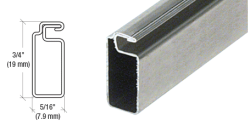
- Lip Frame - As the name implies, this box type roll-formed screen frame has a lip extending from the bottom of the box portion of the frame. This extra piece of frame allows for installation of screens when no backing or jamb stop is available. Two frame sizes available.
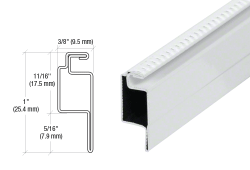
- Standoff Frame - An extra leg, which extends at a right angle from the box of the frame, allows for screen installation in windows where additional clearance for wickets or raised center mullions.
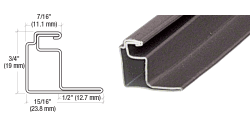
- Aluminum-build screen wire - Aluminum is inherently quite a rigid material, besides offering good resistance against rust and corrosion. The reason why manufacturers use it for screen wires is that is can easily retain its shape during fabrication and offers sustained post-installation support and performance. When shopping for an aluminum screen wire, you may want to check for features such as consistent weave and look at the available finishes – such as charcoal and bright colors - to determine which one best suits your project. Check out CRL's screen wires that are popularly used for a range of window and door applications.
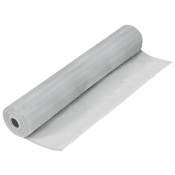
- Fiberglass Screen Wire - This economical screen wire is suitable for most door and window applications. Made with strands of fiberglass making the material light in weight, it stands tough in under many conditions. Its flexibility makes it easy to work with and install. Comes in gray and charcoal.
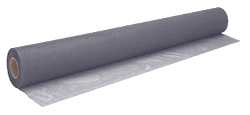
- Heavy-Duty Fiberglass Screen Wire –Much like the above, fiberglass strands are woven into an 18 X 14 mesh that makes this an ideal screening material for large areas, such as outdoor patios and screen houses. This sturdy material is available in charcoal.
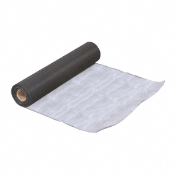
Plastic corners are used with screen frames to construct or repair a window screen. High strength plastic is the choice of material, with those from CRL offering outstanding resistance to corrosion and distortion. They are designed to fit into square cut ends and maintain a stable fit. The choice in colors is vast, allowing you to find the perfect shade and finish for your needs.
Miter Cut Screen Frame Corners are just the thing to keep screen frames square and sturdy. Designed to fit into miter cut frames for seamless look.